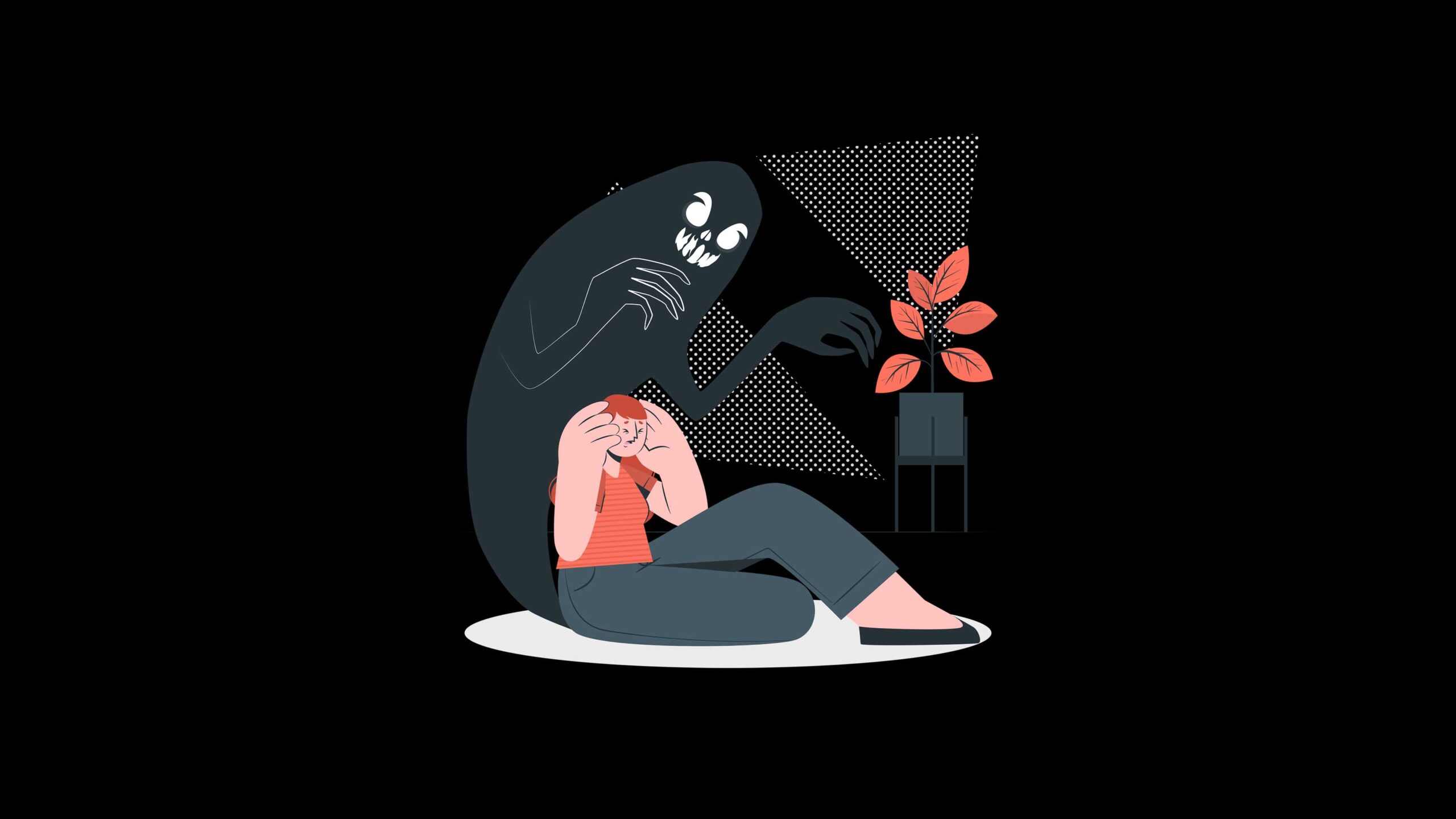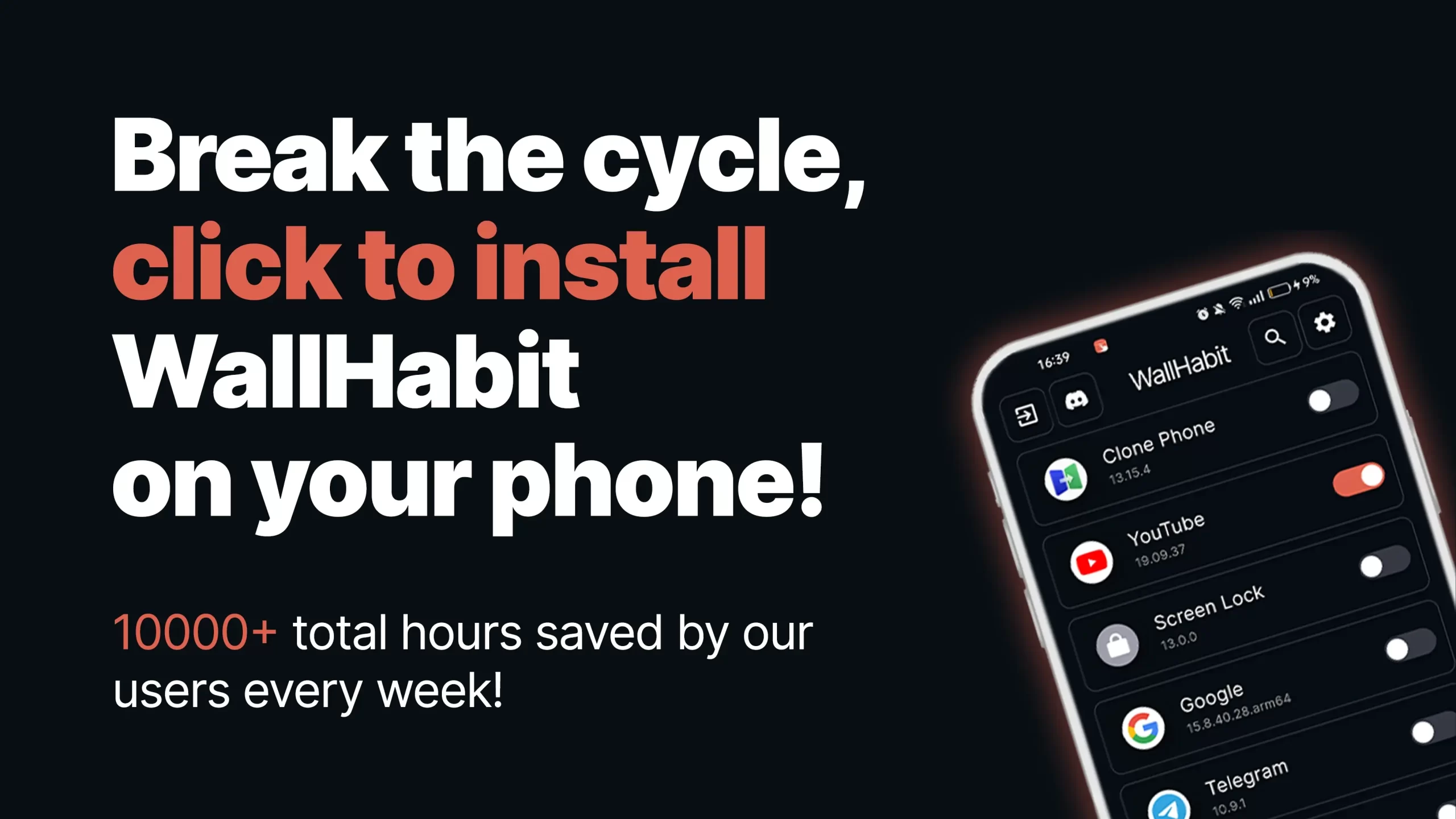Instagram has become one of the most popular social media platforms, with over a billion active users worldwide. Its appeal lies in its visual nature—allowing people to share moments through photos, videos, and now, Stories. However, as much as Instagram helps us stay connected and entertained, it can also be incredibly addictive. Why is Instagram so addictive? The platform’s design capitalizes on our need for instant gratification, making it difficult to step away.
Scrolling through endless feeds of carefully curated images and short-form videos can quickly become a habit, one that’s hard to break. If you’ve ever found yourself wondering how to stop Instagram addiction after spending hours mindlessly swiping through posts, you might be dealing with a deeper issue.
In this blog post, we’ll look at what Instagram addiction really is, the signs that you might be addicted, and, more importantly, how to stop your Instagram addiction using strategies like WallHabit—a tool designed to help you manage and reduce your screen time. Let’s dive in and understand this growing problem and effective strategies to beat Instagram addiction.
What Is Considered an Instagram Addiction?
Instagram addiction happens when using the platform goes beyond casual browsing. It’s not just about scrolling during your free time but compulsively opening the app even when you should be doing other things. Whether you’re at work, in class, or even hanging out with friends, you might feel an uncontrollable urge to check your Instagram feed.
So, is Instagram addictive? The answer lies in its design. People addicted to Instagram often use the app as a way to escape from reality. It becomes a source of instant gratification, whether through likes, comments, or watching entertaining Reels. This kind of frequent and uncontrollable usage can have real consequences on your daily life, affecting productivity, relationships, and even mental health.
Instagram Addiction Symptoms
The signs of Instagram addiction can vary from person to person, but there are a few common symptoms that indicate you may be using the app excessively.
Compulsive Checking: Opening the app first thing in the morning or constantly reaching for your phone during the day.
Time Drain: Spending an unreasonable amount of time on Instagram. If you’ve ever caught yourself wondering how to get rid of Instagram addiction after a two-hour binge, you’re likely feeling the effects of the platform’s addictive design.
FOMO and Anxiety: Feelings of anxiety or FOMO (fear of missing out) when you’re away from Instagram are another red flag.
Instagram Addiction Statistics
The numbers around Instagram addiction are eye-opening. Studies show that the average user spends around 53 minutes a day on the app, which might not sound like much until you add it up—over 6 hours a week. For younger people, especially teenagers, that number is even higher. Teens can spend up to 3 hours a day on social media platforms like Instagram, leading to disrupted sleep patterns, lower attention spans, and even higher rates of anxiety and depression.
More than 70% of Instagram users are under the age of 35, which places a significant portion of the population at risk of addiction. Among these users, a large number report checking Instagram at least once an hour, with many admitting they feel they can’t go more than a few hours without logging in. These behaviors indicate how deeply embedded Instagram has become in daily life—and why it’s so hard to break away.
These statistics make it clear why understanding how to stop Instagram addiction is more important than ever.
How to Quit Instagram Addiction
How to break Instagram addiction may feel like an overwhelming question, but the solution lies in breaking the cycle of compulsive behavior. One of the most effective ways to do this is by using tools like WallHabit.
Using WallHabit
WallHabit works by creating a virtual wall between you and your most distracting apps, including Instagram. One of its most useful features is “Hold to Unlock,” which requires you to physically hold down a button for several seconds to unlock the app. This small action gives you a moment to pause and ask yourself: “Do I really need to open Instagram right now?”
WallHabit also offers selective blocking for specific Instagram features like Reels and Stories, which are often the most addictive parts of the app. This approach allows you to still use Instagram for productive purposes, like messaging or following specific accounts, without falling into the trap of endless scrolling.
3 Immediate Benefits
- Improved Focus: With fewer distractions, you’ll find it easier to concentrate on important tasks.
- Reduced Anxiety: Limiting Instagram usage can help lower anxiety caused by comparison and FOMO.
- More Free Time: Cutting back on screen time means gaining hours back for hobbies, relationships, and relaxation.
Conclusion
Breaking free from Instagram addiction is challenging, but it’s not impossible. By understanding the symptoms and using effective strategies to beat Instagram addiction, you can regain control over your time and attention. Tools like WallHabit make this process easier by not only blocking distractions but also encouraging mindful usage.
Whether you’re wondering how to stop your Instagram addiction or how to get rid of Instagram addiction entirely, WallHabit offers a practical and sustainable solution. Remember, the goal isn’t to quit Instagram completely but to use it in a way that enriches your life rather than takes away from it.
In a world where social media dominates our attention, finding ways to limit its hold is crucial. Take the first step toward a healthier relationship with Instagram today!

